Table of Links
B Details of Think-and-Execute
C Prompts Used in Our Experiments
D Human-written Pseudocode Prompts
F Generated Pseudocode Prompts
G Qualitative Analysis
We conduct a qualitative analysis by comparing the outputs of our approach (THINKAND-EXECUTE) with those of the baseline methods. This comparison is presented across Tables7,8,9,10,11,12, and 13.
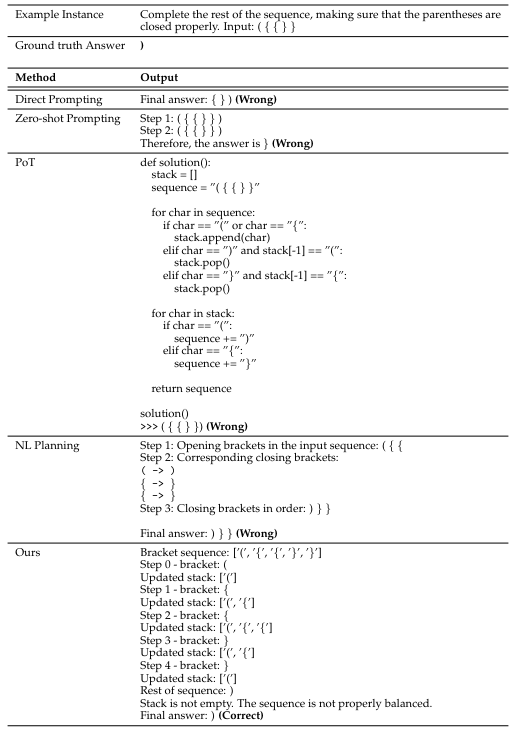
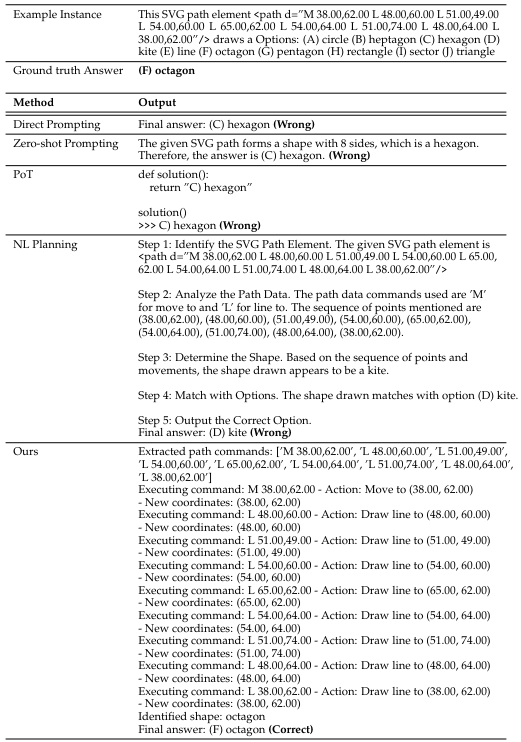
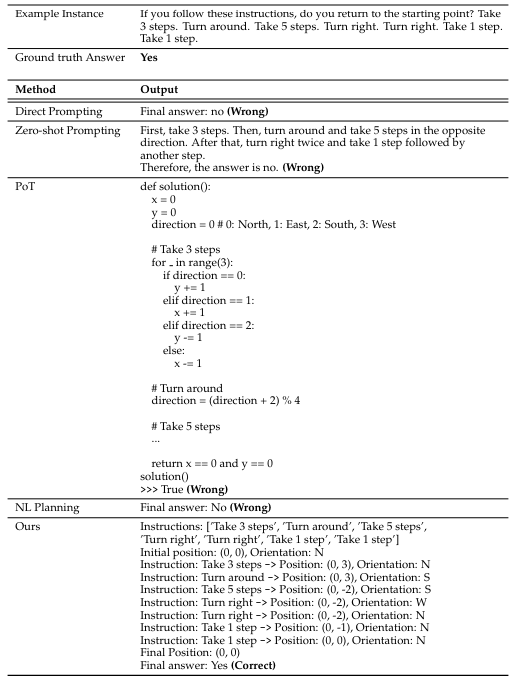
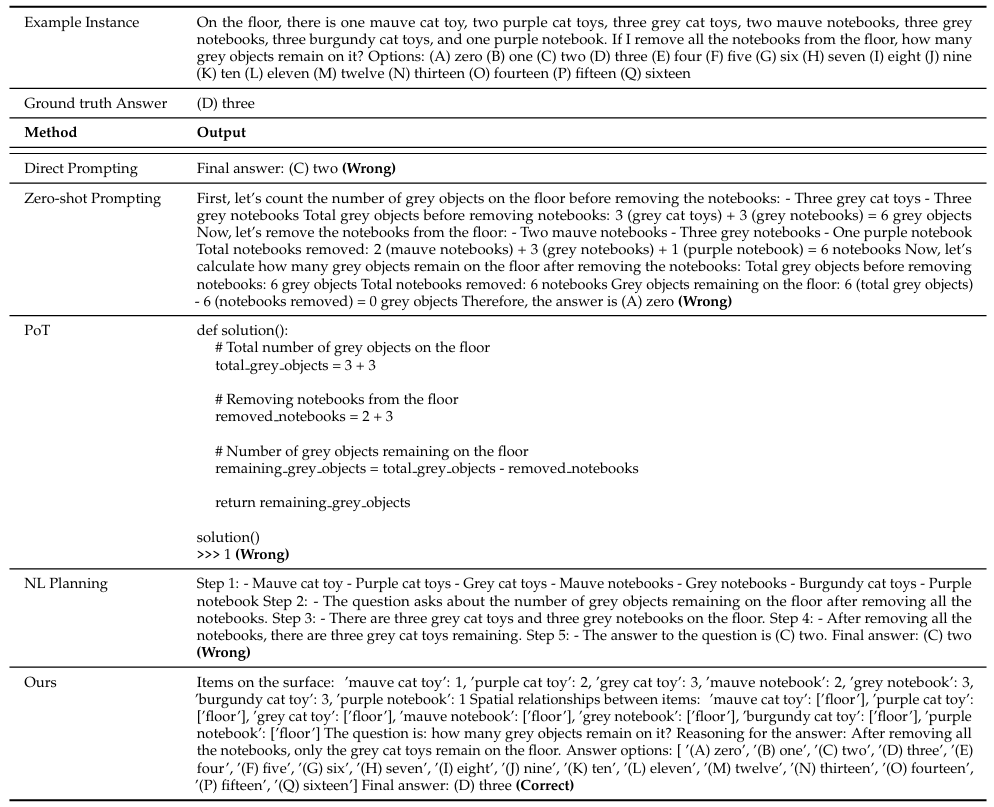
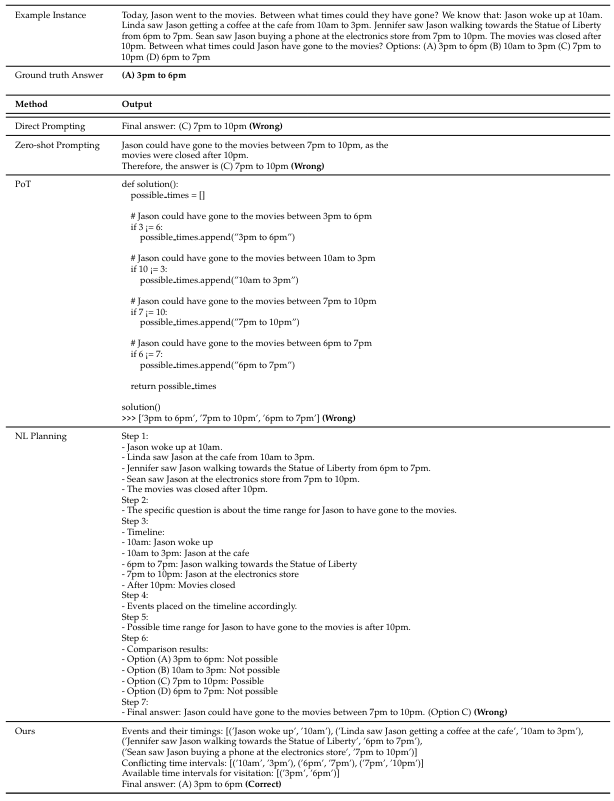
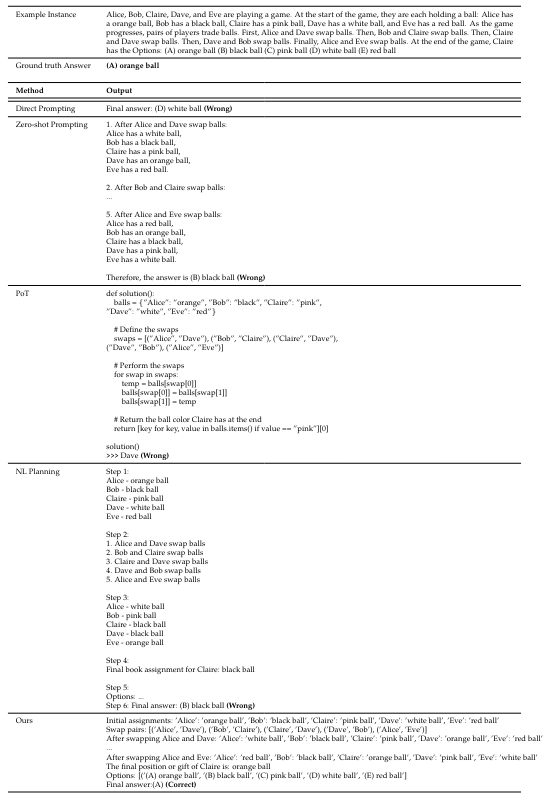
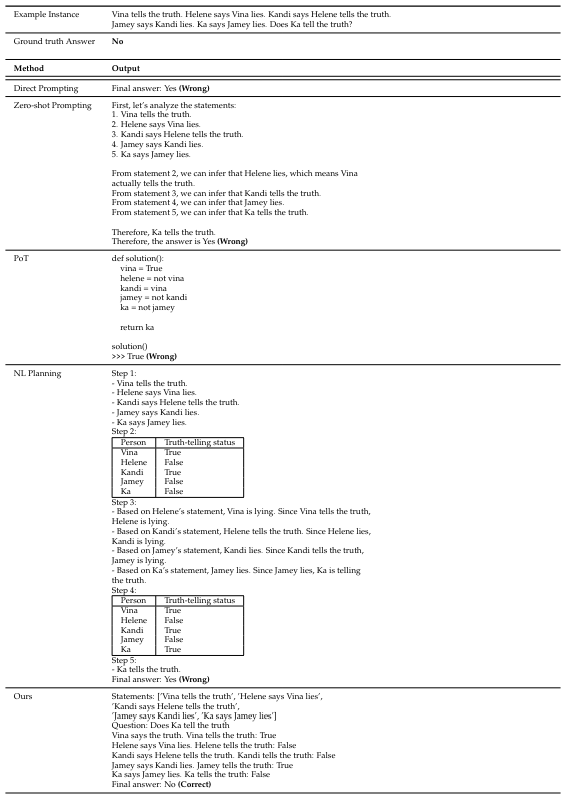
This paper is available on arxiv under CC BY-NC-ND 4.0 DEED license.
Authors:
(1) Hyungjoo Chae, Yonsei University;
(2) Yeonghyeon Kim, Yonsei University;
(3) Seungone Kim, KAIST AI;
(4) Kai Tzu-iunn Ong, Yonsei University;
(5) Beong-woo Kwak, Yonsei University;
(6) Moohyeon Kim, Yonsei University;
(7) Seonghwan Kim, Yonsei University;
(8) Taeyoon Kwon, Yonsei University;
(9) Jiwan Chung, Yonsei University;
(10) Youngjae Yu, Yonsei University;
(11) Jinyoung Yeo, Yonsei University.

